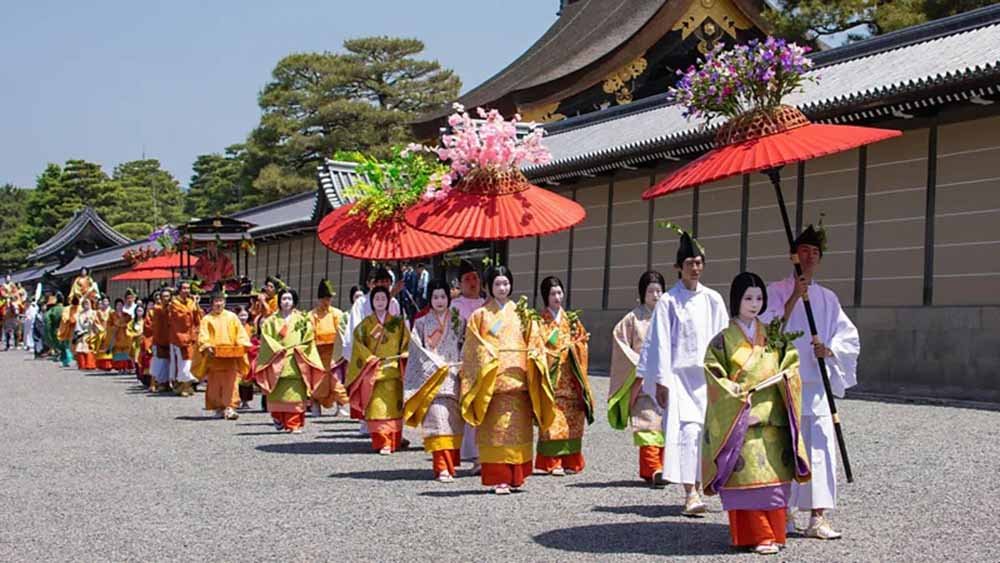In Japan, umbrellas don’t just block rain or sun – they’re spiritual tools capable of summoning spirits.
Across much of the world, umbrellas are simply used to shield people from the rain or to shade them from the sun. And while visitors to Japan may see many locals using them for these purposes, parasols also serve a far more powerful role in Japanese culture: they’re spiritual vessels.
According to Tatsuo Danjyo, Professor Emeritus of humanities at Beppu University in Japan’s Oita prefecture, Japanese tradition holds that certain objects – including umbrellas – can serve as yorishiro (an object that attracts gods or spirits).
This belief is deeply rooted in history. Umbrellas first appeared in Japan between the 9th and 11th Centuries, but instead of shielding people from the weather, they served as symbols of spiritual or political power. Early umbrellas, such as the long-handled sashikake-gasa, were reserved for religious and political figures and were held by attendants over the elite.
“The Japanese tend to have an animistic way of thinking,” Danjyo told the BBC. “[An umbrella’s] circular shape, which resembles the shape of a soul, and the handle, which resembles a pillar… was thought to be an accessible place for a soul to descend.” By the 12th Century, Danjyo notes that umbrellas began to become more widely used by the general public, and over the ensuing centuries, their spiritual significance has remained. That same spiritual significance comes to life in festivals across Japan today. At Kyoto’s Yasurai Matsuri, held each year in the second week of April, flower-decorated umbrellas are believed to extract diseases and illnesses from people. At the Hakata Dontaku festival, which takes place every 3-4 May in the northern city of Fukuoka, massive kasaboko floats are paraded through the streets; passing under one is said to bring blessings of good health and good fortune. And on the island of Okinoshima in Kochi Prefecture, every 13-16 August residents create vividly decorated umbrella structures to house the spirits of the recently deceased during their annual Obon festival. (BBC)
Every second year on the night of 16 August, these umbrellas are carried in a ritual dance around a central platform, symbolically guiding the spirits safely back to the spirit world. Umbrellas have even inspired one of Japan’s most recognisable supernatural figures: the kasa yokai (umbrella spirit). These supernatural spirits appear in historic artworks such as the Night Parade of the Myriad Goblins, where abandoned household items are shown coming to life.
Often depicted with a single eye and quirky features, kasa yokai reflect Japan’s animist belief that even objects can possess a spirit, especially those that have been used, loved and eventually discarded.
Travellers interested in the history and craftsmanship of Japan’s traditional umbrellas can explore it firsthand at workshops and museums throughout the country.
So, the next time you open an umbrella in Japan, especially a traditional wagasa, remember that it might be doing more than just keeping you dry.

